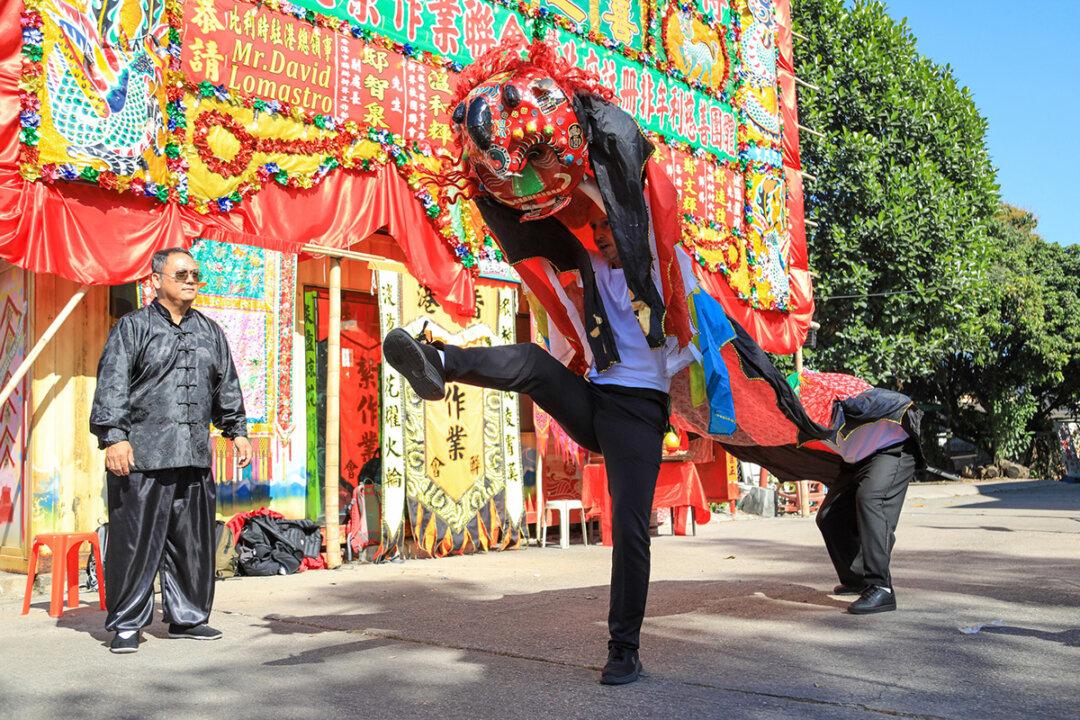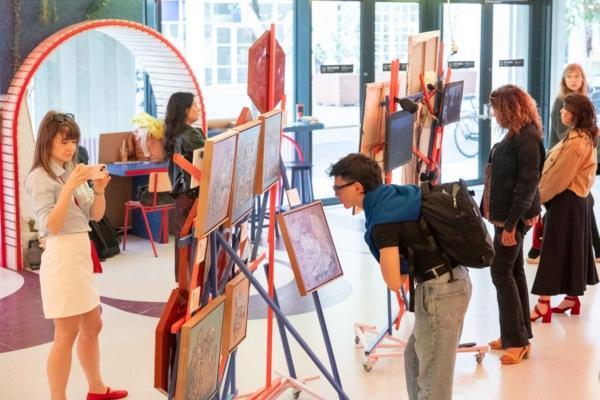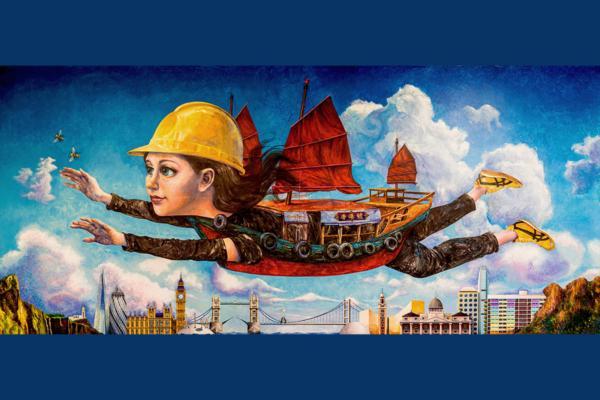“I had never seen a Pei Yau in Europe. When I first saw it from a video on the Internet, I was deeply impressed. I tried to contact its producer, Mr. Mo Cheuk Kei, and wanted to order one from him. And that’s how I got connected with Pei Yau,” said Ronald Galland. Sixty-nine-year-old Belgian martial artist Mr. Galland (also called, Kong Han-lei) has his own martial arts chamber in Chinatown, Antwerp, Belgium.
On Dec. 12, 2023, he made a trip to Hong Kong with his wife and seven of his followers to learn the Pei Yau art first-hand. The Pei Yau Dance culture is listed as one of Hong Kong’s intangible cultural heritages.




